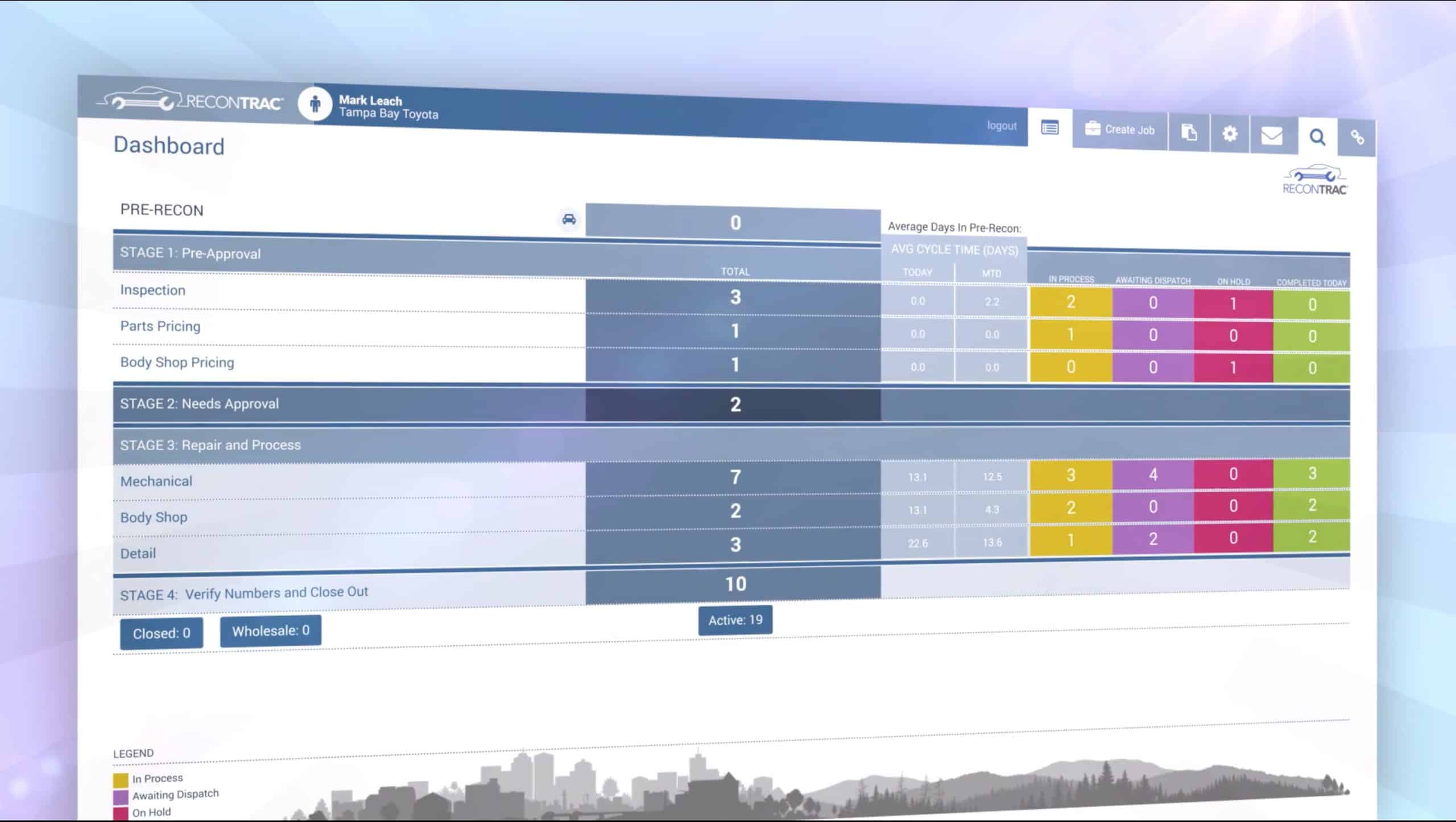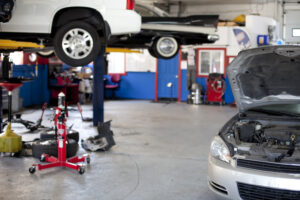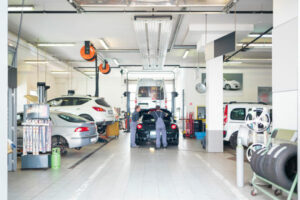Depreciation for vehicles two to six years old is expected to rise to 15% this year, according to a joint report from Black Book and Fitch Ratings. This is an increase from last year’s 13.2% rate of depreciation.
What’s causing the increase in depreciation?
New car sales are expected to rise slightly this year, so more cars are likely to be traded in. In addition, a large amount of leased car returns are expected, further increasing the supply of used cars and causing their prices to fall.
Cars and trucks differ
Last year’s lower rate of depreciation was largely fueled by trucks. Their depreciation rate was only 9.2% in 2015, compared to a rate nearly twice as high – 18.2% – for cars. Depreciation varied significantly across segments in 2015. Trucks ranged from 2 to 23% across segments, while car segments ranged from 14 to 22%. This disparity widened toward the end of the year, and it’s expected to remain during 2016.
Some experts believe that cars are bottoming out in terms of depreciation, however, so their rates may improve in the future.
What it means for used auto dealers
Annualized net losses (ANL) are expected to rise slightly as vehicles depreciate more quickly in 2016. This will put pressure on dealers to pay closer attention to the profitability of their used vehicles. Streamlining the reconditioning process is key to keeping costs under control, ensuring that parts and labor costs are closely watched. Reconditioning activities will have to reap a sufficient return to make them worthwhile, particularly as more and more used vehicles are traded in and leases end, increasing inventories.
- Streamlining the reconditioning process can be done in the following ways:
- Establishing a baseline cost for reconditioning
- Creating a dedicated team for reconditioning to speed up the process
- Offering bonuses and incentives to reconditioning departments that meet goals
- Requiring advance approval for outside vendors who handle jobs such as upholstery and body work.
- Tracking the process with ReconTRAC software rather than relying on time-consuming, inefficient, and less accurate methods
- Charging less than retail for labor
- Utilizing OEM (original equipment manufacturer) replacement parts when feasible
With both the inventory and depreciation rates of used vehicles likely to increase in 2016, used vehicle dealers will have to adjust in order to maximize their profits. Each used vehicle has the potential of helping or hurting the dealership’s bottom line. Taking a close look at their reconditioning process will ensure that the work they perform on vehicles results in the largest possible return.




